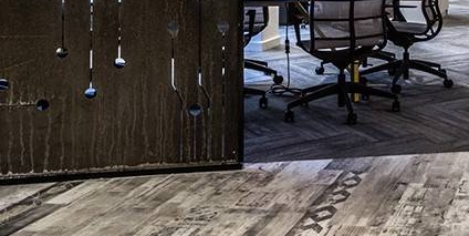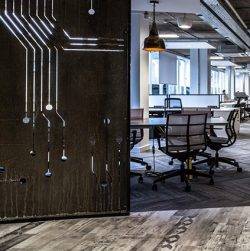To provide the best experiences, we use technologies like cookies to store and/or access device information. Consenting to these technologies will allow us to process data such as browsing behaviour or unique IDs on this site. Not consenting or withdrawing consent, may adversely affect certain features and functions.
The technical storage or access is strictly necessary for the legitimate purpose of enabling the use of a specific service explicitly requested by the subscriber or user, or for the sole purpose of carrying out the transmission of a communication over an electronic communications network.
The technical storage or access is necessary for the legitimate purpose of storing preferences that are not requested by the subscriber or user.
The technical storage or access that is used exclusively for statistical purposes.
The technical storage or access that is used exclusively for anonymous statistical purposes. Without a subpoena, voluntary compliance on the part of your Internet Service Provider, or additional records from a third party, information stored or retrieved for this purpose alone cannot usually be used to identify you.
The technical storage or access is required to create user profiles to send advertising, or to track the user on a website or across several websites for similar marketing purposes.
 Digital innovations, and in particular, cloud computing is enabling increasing numbers of employees to work remotely and flexibly. This means the central company workspace is rapidly becoming an administrative hub, rather than a traditional central focus where everyone gathers during set hours. This is according to Condeco’s new research paper, The Modern Workplace 2019: People, places & technology (registration) which claims that 41 per cent of employers already offer remote working, while 60 per cent now allow employees to set their own flexible hours. More →
Digital innovations, and in particular, cloud computing is enabling increasing numbers of employees to work remotely and flexibly. This means the central company workspace is rapidly becoming an administrative hub, rather than a traditional central focus where everyone gathers during set hours. This is according to Condeco’s new research paper, The Modern Workplace 2019: People, places & technology (registration) which claims that 41 per cent of employers already offer remote working, while 60 per cent now allow employees to set their own flexible hours. More →

































February 8, 2019
Finding the Goldilocks Point for collaborative workplace design
by Jonathan Hindle • Comment, Technology, Workplace design
More →